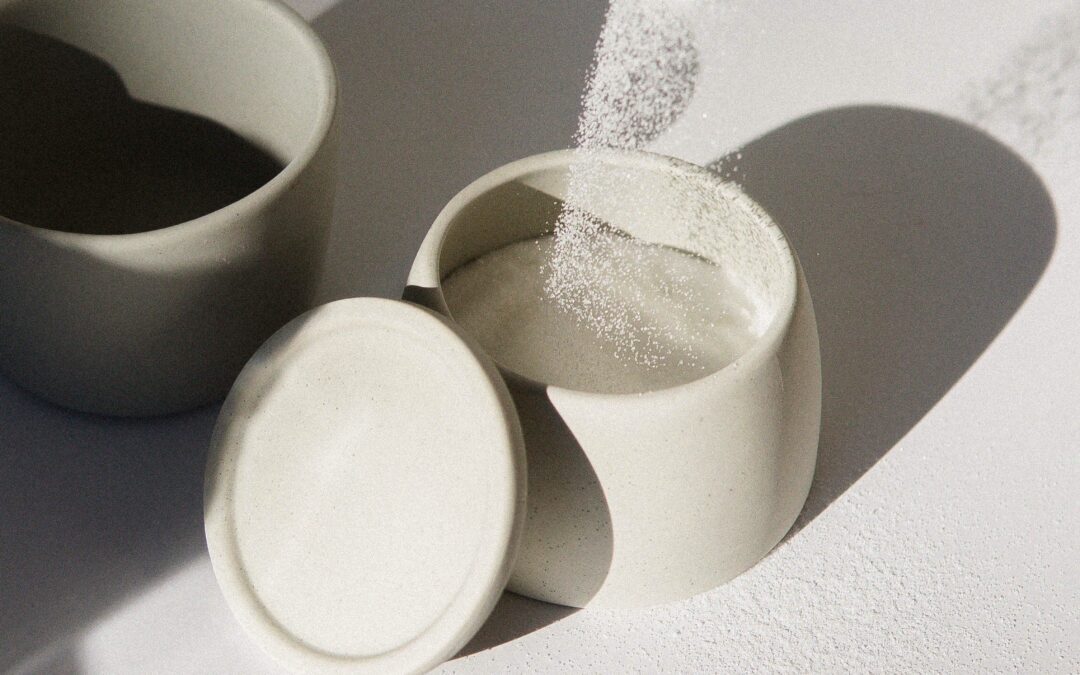Seguramente has oído o te han dicho que no existe azúcar saludable, que no es bueno para la salud, que deberías echarte menos cucharadas al café, que mejor no consumas esas donas, que cuidado con los refrescos…
Y, quizás, alguien incluso te habrá llegado a decir que cuidado con la fruta porque ¡uy, eso es puro azúcar!
Pues bien, ¿qué hay de verdad detrás de todo esto?
¿Es cierto que el azúcar es perjudicial para la salud?
¿Y qué azúcar es saludable? ¿Es lo mismo el azúcar blanco que el azúcar de la fruta?
Pues en este blog te contaremos todo lo que necesitas saber para saber qué tipo de azúcar en exceso es perjudicial para tu salud y algunos de los motivos por los que deberías reducir su consumo.
Según la Organización Mundial de la Salud (OMS) no deberíamos consumir más del 5% de las calorías diarias en forma de azúcar libre, ¿a qué nos referimos con el azúcar libre?
Nos referimos al azúcar blanco de mesa que añadimos nosotros mismos a nuestros alimentos, como puede ser al café con leche, los yogures, los bizcochos,… Y, por supuesto, al azúcar que encontramos escondido en los productos ultraprocesados, bajo multitud de nombres entre los cuales están:
Dextrosa, jarabe de glucosa, fructosa, maltodextrina, trehalosa, néctar, melaza, glucosa, dextrina, miel de caña, miel de maíz, galactosa, concentrado de fruta, zumo de manzana,…
Lo descubrirás leyendo el etiquetado de estos productos.
Y también se incluye al azúcar procedente de zumos de frutas, la miel y siropes.
Como ves no se incluye a la fruta entera, solo hace referencia a los zumos. Eso es debido a que los zumos, aunque sean naturales, carecen de la fibra que tiene la fruta y en un plazo corto de tiempo estaremos ingiriendo 3 o 4 naranjas, con la cantidad de fructosa que contienen.
Esa fructosa se absorberá de forma rápida en nuestro organismo y eso no es interesante desde un punto de vista de salud.
Por eso los jugos de fruta sí se incluyen dentro de esos azúcares no interesantes según la OMS, pero la fruta entera y las verduras sí que se recomiendan por aportar muchísimos beneficios.
Si quieres saber a qué equivale ese 5% en alimentos, te recomendamos que le eches un vistazo a este vídeo. En él, nuestra nutricionista Ari te demuestra que con apenas 4 alimentos ya llega
Surely you have heard or have been told that there is no such thing as healthy sugar, that it is not good for your health, that you should take fewer spoonfuls in your coffee, that you better not eat those donuts, that you should be careful with soft drinks?
And, perhaps, someone has even told you to be careful with fruit because, oh, that’s pure sugar!
Well, what’s the truth behind all this?
Is it true that sugar is bad for your health?
And what sugar is healthy? Is white sugar the same as fruit sugar?
Well, in this blog we will tell you everything you need to know to find out what kind of sugar in excess is harmful to your health and some of the reasons why you should reduce your consumption.
According to the World Health Organization (WHO) we should not consume more than 5% of our daily calories in the form of free sugar, what do we mean by free sugar?
We refer to the white table sugar that we add ourselves to our food, such as coffee with milk, yogurts, biscuits,… And, of course, the sugar that we find hidden in ultra-processed products, under a multitude of names among which are:
Dextrose, glucose syrup, fructose, maltodextrin, trehalose, nectar, molasses, glucose, dextrin, cane honey, corn honey, galactose, fruit concentrate, apple juice,….
You will find out by reading the labeling of these products.
And sugar from fruit juices, honey and syrups are also included.
As you can see, whole fruit is not included, only juices. This is because juices, even if they are natural, lack the fiber that fruit has and in a short period of time we will be ingesting 3 or 4 oranges, with the amount of fructose they contain.
That fructose will be absorbed quickly in our organism and that is not interesting from a health point of view.
That is why fruit juices are included among those uninteresting sugars according to the WHO, but whole fruit and vegetables are recommended because they provide many benefits.
If you want to know what that 5% in food is equivalent to, we recommend you to take a look at this video. In it, our nutritionist Ari shows you that with just 4 foods you can achieve the following benefits

